How to Child Proof your Kitchen
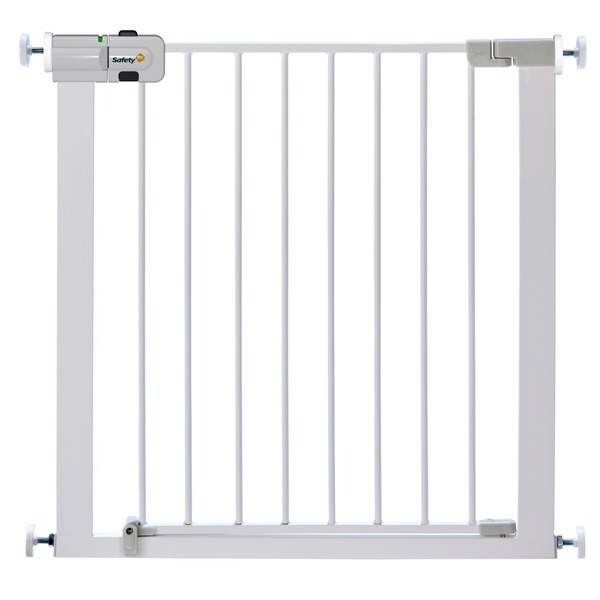 A kitchen is usually seen as an inviting, warm area where our meals are prepared and for families to get together, but can it be hazardous for your child? Definitely yes!
A kitchen is usually seen as an inviting, warm area where our meals are prepared and for families to get together, but can it be hazardous for your child? Definitely yes!
A kitchen is full of hot surfaces, sharp objects and other hazards You should be conscious of the common kitchen hazards and especially if your children regularly access this area, with or without your permission or supervision.
Once you childproof your kitchen, you will enjoy inviting your kids into this amazing realm of connection, learning, and discovery with no fear for their safety and health.
In this article on childproofing your kitchen, we’ll look at the basics to provide you and your loved ones with confidence that your children are safe in your kitchen.
This will include information on how to childproof your sink, refrigerator, oven and much more. Let us dig in!
Practical Childproofing Measures
-
Child locks on your kitchen cabinets
Hazardous things such as sharp knives or poisonous chemicals such as cleaning agents, pesticides, detergents are all kept in the cabinets that might cause mishaps. Sharp objects can cause cuts while poisonous substances can be fatal if ingested.
There are various way of locking cabinets to ensure that your children do not gain unauthorized access. These range from using a magnet to putting the cabinet under lock and key.
Go for the option that guarantees you the most safety and one that works well with your type of cabinet, including by ensuring you do not lose the aesthetics.
-
Install an oven lock
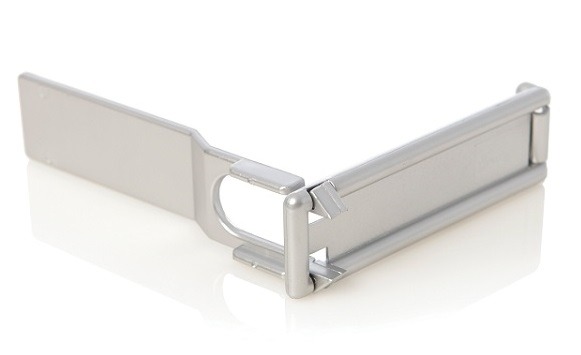
As children child grow, they start reaching, grabbing and taking hold of items. One of the most common and easiest things to hold onto is an oven door handle; however, this can result in disaster.
If your oven is near the floor, you might want to consider an oven door lock. This can stop your kid from pulling down the door, a precautionary measure that’s particularly essential if your oven is on.
In addition, you should do all you can to only utilize the back burners too. For stoves with front knobs (in ideal reach for a child), for safety, either purchase stove knob covers / locks or get rid of the knob when you’re not using this appliance.
Also consider installing an anti-tip bracket kit to fasten your oven to the wall and prevent it from toppling over and falling on your child.
Ovens can easily fall over if the oven door is pulled open and when they are not in a stable position.
-
Having clean dry kitchen floors

You should make it a habit or create a schedule to mop or clean the kitchen floors daily. Particularly with a child in your house, objects will often fall on the ground.
You definitely don’t want your child eating something he or she should not, or even worse, get choked. Plus, your child plays on the floor. Make sure it stays clean.
Ensure that your floor is always dry and any fruit peelings or other food droppings are cleaned out immediately.
Spills are a hazard that can result to nasty falls, especially considering the tendency of children to run around.
-
Beware of overhangs
Overhangs may happen in lots of ways. It can be a wire from a blender, toaster or kettle, hanging pleasantly off the edge.
It can also be tea towels put down underneath a hot pot hanging off the edge or a dining table cloth with hot served meals on top.
It can also be cookware on the oven with their handles sticking out over the edge of the countertop.
Assess the various forms in which overhangs can occur in your kitchen and ensure you keep these dangers away from the edge of the kitchen counter, dining table, oven or other places.
If you are not attending to a cooking pot, you should make sure it sits at the back of the range with the handle turned away from the counter’s edge.
Likewise, with tea towels put down to prevent a hot pot burning your wooden countertop, ensure that they sit at the back of your kitchen counter.
The same rule will also apply to any heavy kitchen appliances or anything that has hot liquids or food.
-
Covering electric outlets and minding cables
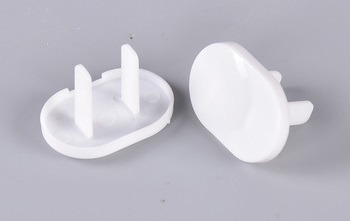
To protect children from electric shocks, outlet plug covers are important when you have not plugged anything into the wall.
You can buy them easily and at an affordable price from a nearby retail store or online.
Make sure you unplug electric appliances like blenders or toasters when you’re not using them.
Store the appliances once you’re done with them and ensure the cables aren’t lying around loosely in the kitchen, and especially on common pathways.
Not only are these cables strangling dangers, but your child can also easily pull them, bringing the appliances and their contents falling down onto the child. Should the contents be hot liquids, you are looking at the risk of scalding or serious burns.
-
Remove dangerous items away from the edge of a counter
Most childproofing measures involve organizing the house properly. This means having designated areas for storing kitchen items in the right way and ensuring dangerous items or products are kept out of reach of children.
Install a magnetic strip to keep knives out of reach. If you find yourself with additional room in pantries or cabinets at a higher level where you can store dangerous items or products, make good use of these storage spaces.
You can store more harmless equipment and utensils like plastic cups and bowls in the lower cabinets. The idea is to balance these child safety measures with the and the ability to get what you want when you require it.
Maintain this order of things even after the growth of your child, since grandchildren come soon thereafter or even guest children.
-
Freezers and fridges
- Get rid of doors from outdated kitchen appliances you’re replacing once new ones arrive. Freezers as well as coolers, refrigerators and other bigger sealed items may trap a child who might crawl inside and find it hard to come out. In addition, once your little one is old enough to know things, teach him or her not to use any appliance for hiding.
- Warn your kids not to use their tongues to touch ice-cold surfaces, as their tongue can stick to the surface.
- Get rid of refrigerator magnets or ensure that they are not place within reach of kids. Kids may choke on tiny objects and colorful magnets are especially appealing. If you have kids, the chances are high that your fridge door is covered with their work of art. Tiny magnets, which include those glued to the back of bigger items, are a choking danger. If you are using magnets in the kitchen, make sure they are big enough not to be ingested. If they aren’t, you should switch to tape or replace them.
- For added safety measures, keep glass jars and bottles off easily to access shelves. In addition, don’t store film or batteries or other appealing uneatable items in your fridge.
- Secure the door shut with a childproof door latch.
-
Secure the kitchen sink
Many households store detergents, a range of other cleaning chemicals, and rough things such as steel wool under the sink. You may assume it is safe enough, and that a kid might not even go into that area.
However, given their curiosity, it’s common for kids to investigate the different cupboards they cannot reach. Unfortunately, kids sometimes end up in the hospital for consuming poisonous cleaning solutions.
The best way of getting the peace of mind knowing kids have not opened the sink doors is by placing a pair of window/door sensors on it. This will ensure that you are alerted once a child opens the doors.
-
Use safety gates for blocking off access
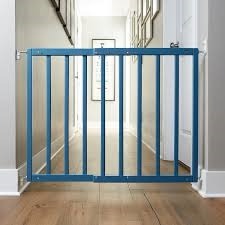
Every kitchen comes with a different layout. Some kitchens are easy to block off because of their single-entry point.
Modern open kitchen layout integrates with the rest of the home and are more challenging in terms of access control for children and probably need more than one safety gate.
Some parents may think of going without barricading all access points, where they prefer compensating using more aggressive safety precautions in the rest of their kitchen. Whichever approach you opt for, safety gates are an easy way to child proof your kitchen.
-
Get rid of all runners and tablecloths
Children like pulling any fabric within reach. If they yank on a tablecloth, anything that rests on the cloth can come falling. Never leave anything near tables and countertop edges.
Apply these precautions even if you think that your countertop or table is too high; it is better not to leave anything to chance. Your playful child might be creeping or scaling up a drawer handle while grabbing or pulling anything they can get a hold of.
-
Childproof dishwasher
A dishwasher will also be a hazard to your little one both when in use and even when not in use.
This is because children can might open the machine and begin playing with hazardous dishwasher contents e.g. cutlery and other sharp utensils, glasses, soap detergents, dish soap.
To avoid these mishaps, you can restrict access the dishwasher contents using multipurpose straps.
Since by design, most dishwashers are placed at a height within reach of children, installing straps will ensure access control even in your absence.
-
Creating an enclosed or safe area
Nowadays, bigger kitchens practically function as two rooms, the calmer family bonding space and the busy workspace where food preparation, cooking and cleaning takes place.
If you are able to make an enclosed and safe space in the kitchen for your child to play while you carry out your tasks in the busy workspace, then go for this option without hesitation.
You should make sure that there’s lots of sensory stimulation in that space for the child to play with. By doing this, the child will not look eagerly at your workspace and want to join you.
Depending on your child’s age, the area can change. An infant might be happy in a bouncer, while a mature child might require a little more area for roaming in; maybe a playpen. Go with whatever will suit your child.
-
Discuss it with your child
Involving your child in the decision-making process in your house is the way to go and current policy on matters of children require that we consider the best interests of the child in all decisions that affect children.
Even though your children are small, do not assume that they have no opinions or would not be able to understand issues or give their views on things. The idea is to go for age appropriate modes of communication.
Ensure you speak with your children about possible dangers in a kitchen and on a regular basis. .
Simply remind them of common hazards that they should be keep in mind. Remind them often and in creative ways that knives are sharp and stoves and ovens are hot.
When repeated regularly, it will help kids to be more knowledgeable of their environment and prevent injuries.
Some additional childproofing tips:
Here are some easy tips that people with kids usually fail to see:
-
Plastic bags
These can create a serious choking hazard for kids. You should store them in a plastic bag holder where your kids can’t reach them, or tie them up and dispose them of right away.
-
Appliances
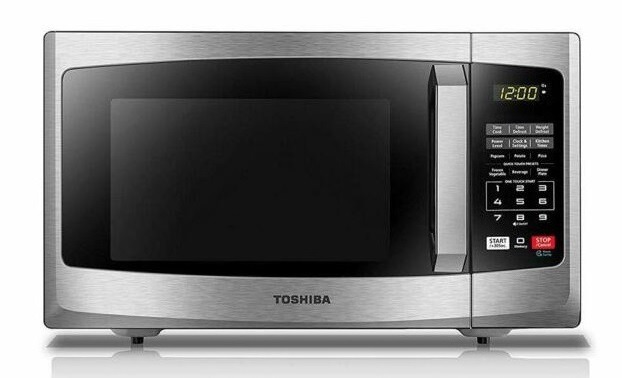
Make sure you mount the microwave above your stove or another kitchen appliance if you can. If you should leave your microwave on the countertop, pushing it as far back and unplugging it when you’re not using it is important. Keep them away once you’re done.
-
Trash can
The trash in the kitchen is full of empty containers, leftovers and raw food; all disgusting and possibly dangerous but exciting play items for your child. So, you should complete childproofing the kitchen by keeping the trash can hidden from view.
